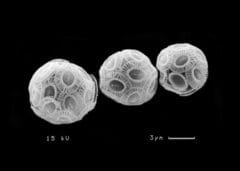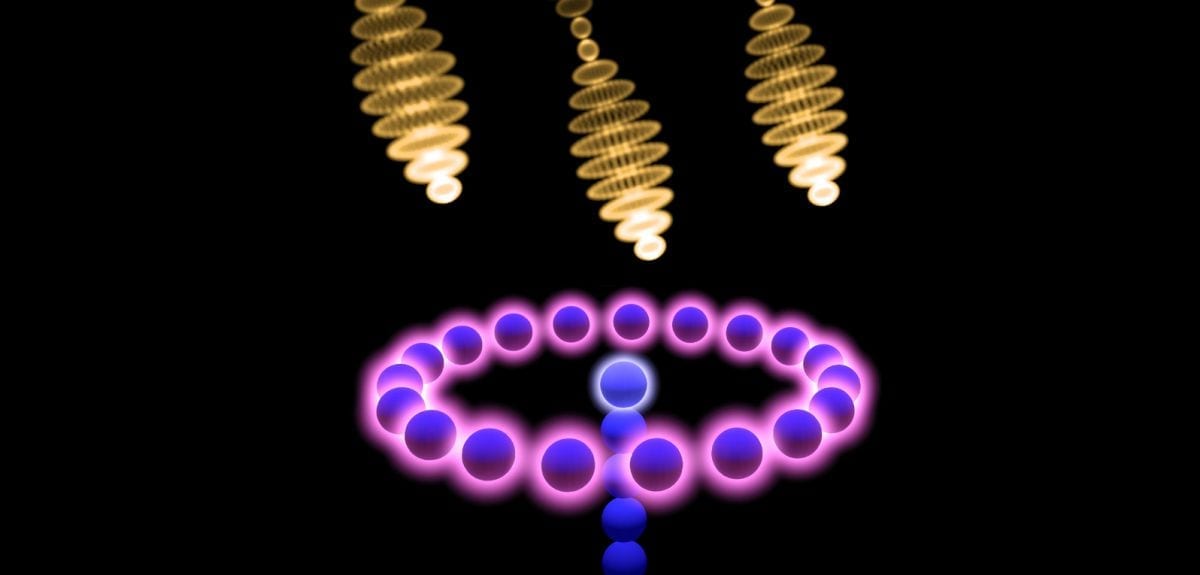
An ultrasensitive biosensor made from the wonder material graphene has been used to detect molecules that indicate an increased risk of developing cancer.
The biosensor has been shown to be more than five times more sensitive than bioassay tests currently in use, and was able to provide results in a matter of minutes, opening up the possibility of a rapid, point-of-care diagnostic tool for patients. The biosensor has been presented today, 19 September, in IOP Publishing’s journal 2D Materials.
To develop a viable biosensor, the researchers, from the University of Swansea, had to create patterned graphene devices using a large substrate area, which was not possible using the traditional exfoliation technique where layers of graphene are stripped from graphite.
Instead, they grew graphene onto a silicon carbide substrate under extremely high temperatures and low pressure to form the basis of the biosensor. The researchers then patterned graphene devices, using semiconductor processing techniques, before attaching a number of bioreceptor molecules to the graphene devices. These receptors were able to bind to, or target, a specific molecule present in blood, saliva or urine.
The Latest on: Biosensor
[google_news title=”” keyword=”Biosensor” num_posts=”10″ blurb_length=”0″ show_thumb=”left”]
via Google News
The Latest on: Biosensor
- Dexcom Reports First Quarter 2024 Financial Resultson April 25, 2024 at 5:03 pm
DexCom, Inc. (Nasdaq: DXCM) today reported its financial results as of and for the quarter ended March 31, 2024. First Quarter 2024 Financial Highligh ...
- Promising perspectives for the application of SDS Optic’s inPROBE technology platform for protein expression determinationon April 25, 2024 at 5:25 am
Traditional methods such as immunohistochemistry and fluorescence in situ hybridization depend on subjective assessment of tissue samples, sometimes leading to imprecise results. This can result in ...
- Strategies to tackle workplace energy slumpson April 25, 2024 at 4:54 am
Could balancing your blood sugars boost your performance at work? We look at the latest health tech innovations and talk to an expert ...
- USAMRAA grant supports COPD biosensor project at The Lundquist Instituteon April 24, 2024 at 10:02 pm
The U.S. Army Medical Research Acquisition Activity (USAMRAA) has awarded The Lundquist Institute (TLI) a four-year grant totaling $2,623,234.
- Panjab University gets patent for dual-function novel peptideon April 24, 2024 at 8:00 pm
PSA is used for early diagnosis of prostate cancer in the healthcare system and semen detection in sexual assault cases ...
- Zacks Investment Ideas feature highlights: Vertiv, Align Technology and DexComon April 22, 2024 at 6:02 am
Chicago, IL – April 22, 2024 – Today, Zacks Investment Ideas feature highlights Vertiv VRT, Align Technology ALGN and DexCom, Inc. DXCM.
- Trinity Biotech is seeking biosensor techs for Bray as it closes Kansas planton April 20, 2024 at 5:30 pm
Nasdaq-listed Trinity Biotech is hiring in Bray after it decided to stop its manufacturing operations in Kansas and move some of the operations to Co Wicklow.
- Nix Biosensor takes the guesswork out of hydrationon April 20, 2024 at 6:20 am
The stick-on pod offers personalized, real-time sweat analysis to help fine-tune a player’s fluid intake.
- 3 Innovative Stocks to Buy Before Earnings Amid the Market Pullbackon April 19, 2024 at 4:00 am
Today’s episode of Full Court Finance at Zacks dives into the recent stock market pullback. We then turn our attention to three innovators in their respective industries—Vertiv (VRT), Align Technology ...
- Kristen Helton wants to rethink how health care for women 65+ is deliveredon April 15, 2024 at 5:59 am
The founder of Herself Health says she hears over and over from women that they just don’t feel heard by their doctor.
via Bing News










